Nature Deficit Disorder
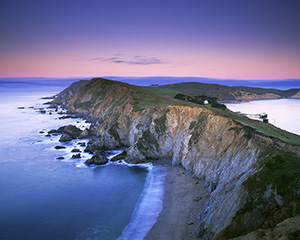
Michael McAevry (http://californiampas.org/pages/resources/cool-visitptreyes.html)
A picture of the Point Reyes National Seashore.
November 13, 2015
As our world slowly becomes consumed by social media and technology, general visitation to the outdoors suffers. The suffering does not simply extend to the outdoors, it extends to the youth themselves. Studies conducted by The Centers For Disease Control and Prevention have shown that with less time spent outside, youth are easily distracted and do worse in school.
It is surprising that students at Terra Linda do not venture outside more frequently given its proximity to so many great outdoor destinations in Marin County such as Point Reyes, the Headlands, and China Camp State Park. However, many students decline to spend their time outside. Some students at TL do go outside to experience nature. Mady McKim, a sophomore taking part in the Marin School Of Environmental Leadership (MSEL), says that she tries to get outside at least four times a week. She says that “going outside is a great way to relax and let go of stress.”
Jean Larson, a PhD in Therapeutic Horticulture, is studying the positive effects that nature has on people says that “nature has the power to heal and restore, even reduce stress.” Michael Kessel, a sophomore at TL, says that he tries “to get outside at least once a day. He says that “being by the water is really relaxing for me”and “I can just let go of all of my stress.” One might wonder, what must I do to gain the benefits of experiencing nature? Well, the answer is pretty simple. Most studies say that in order to experience nature’s full benefits one must take thirty minutes of their day to go outside. This could entail some sort of exercise or even just sitting in a calm place. The New York Times states that youth ages 8 to 18 years old spend up to twenty seven hours a week on electronic devices. The comparable thirty minutes a-day that is recommended for youth to spend in nature is miniscule, yet can behold many benefits to the health and wellbeing of Terra Linda’s students.



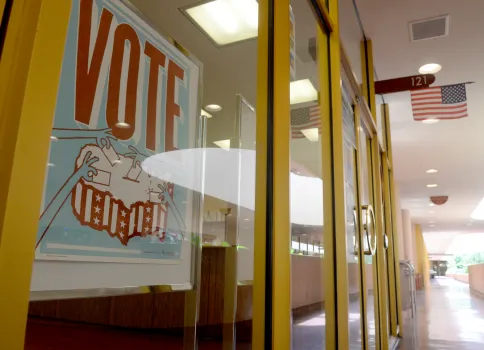


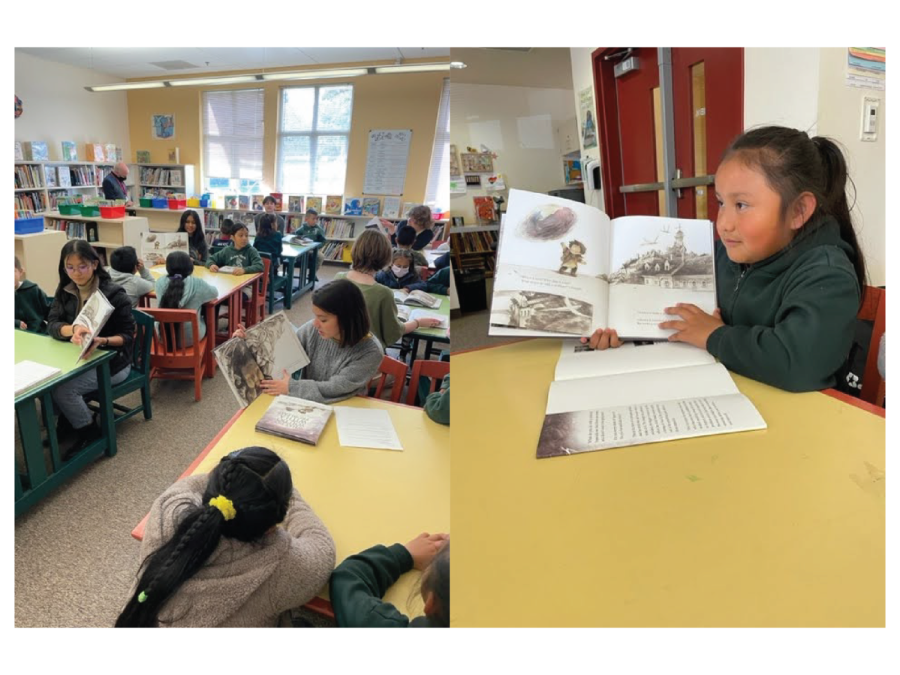


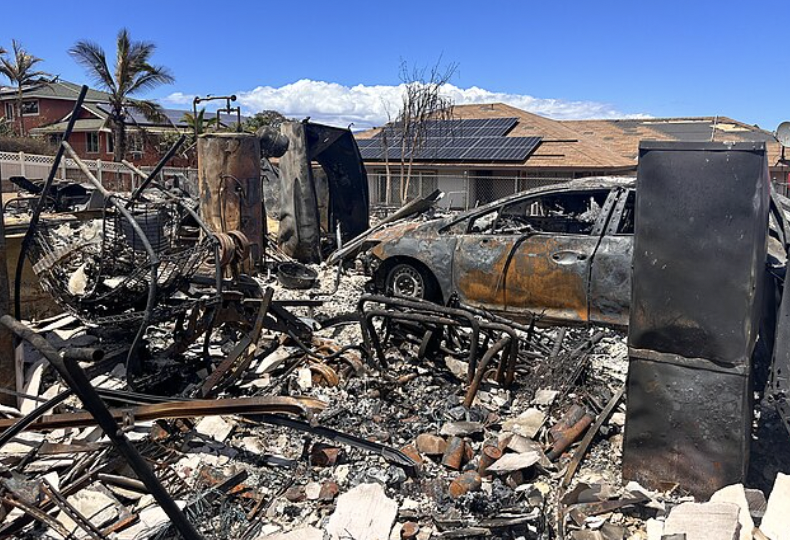







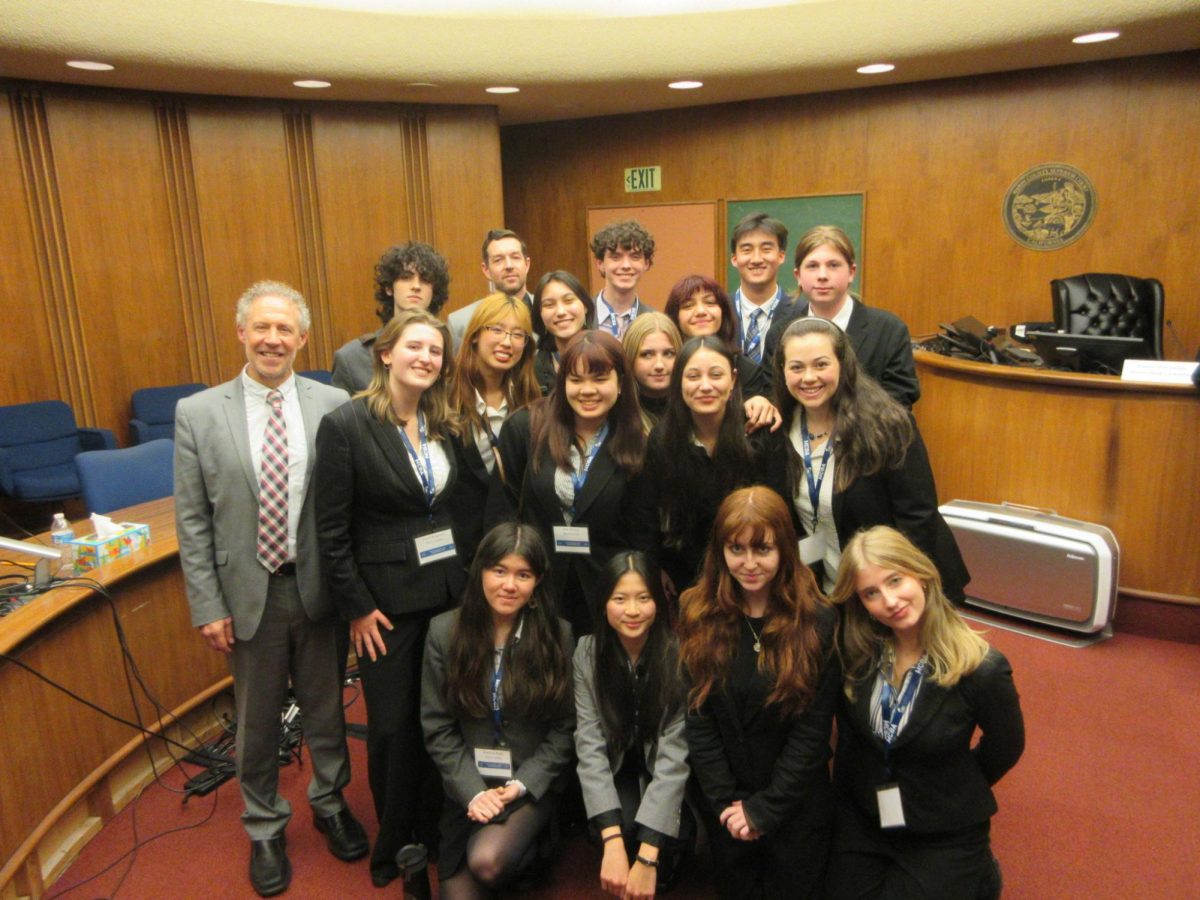

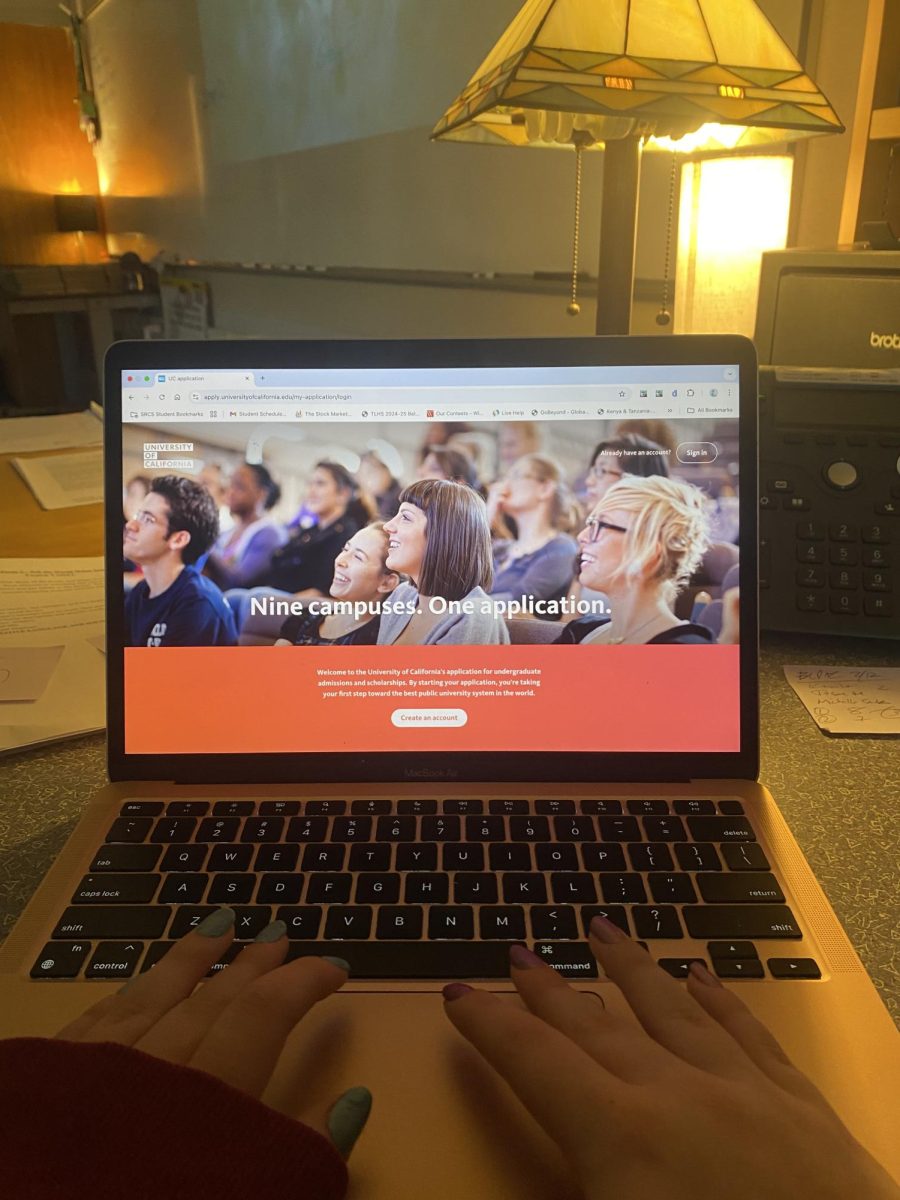
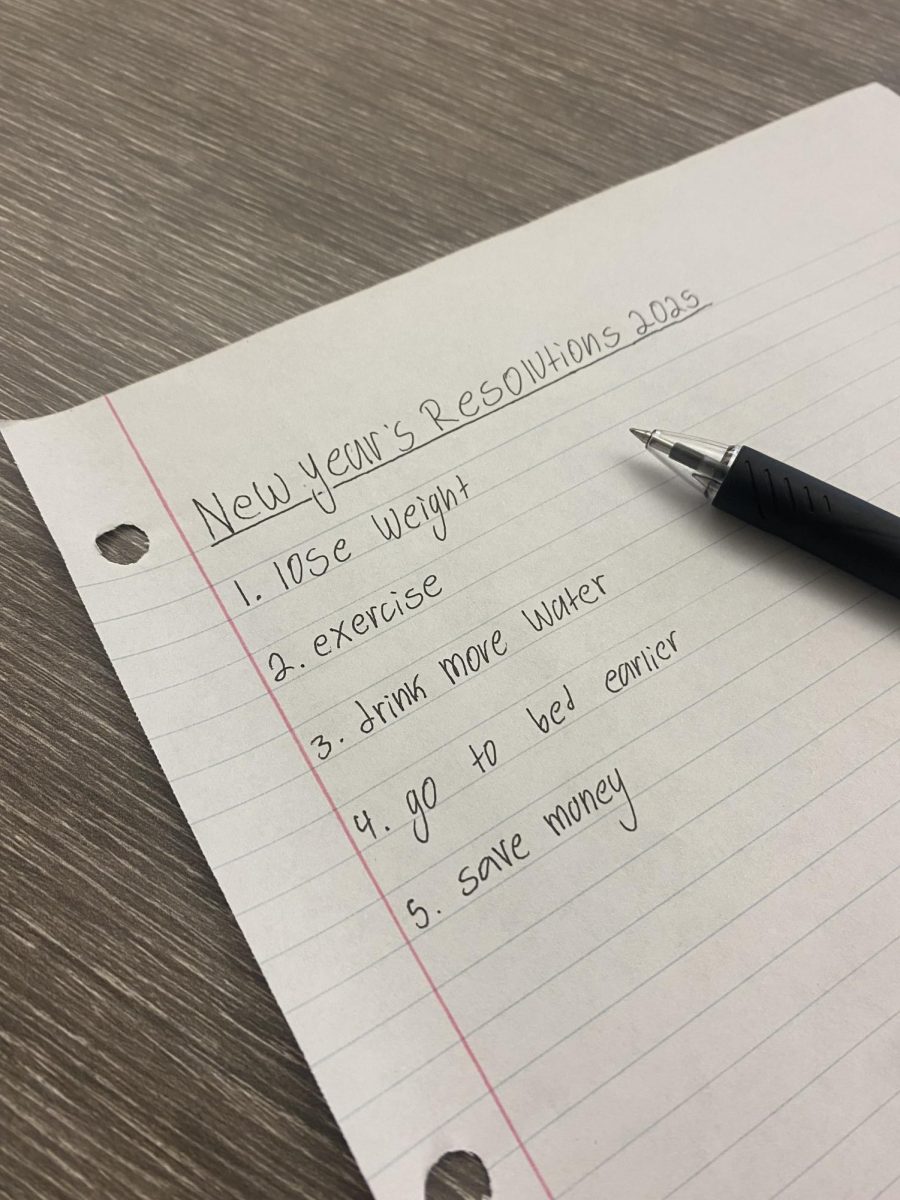


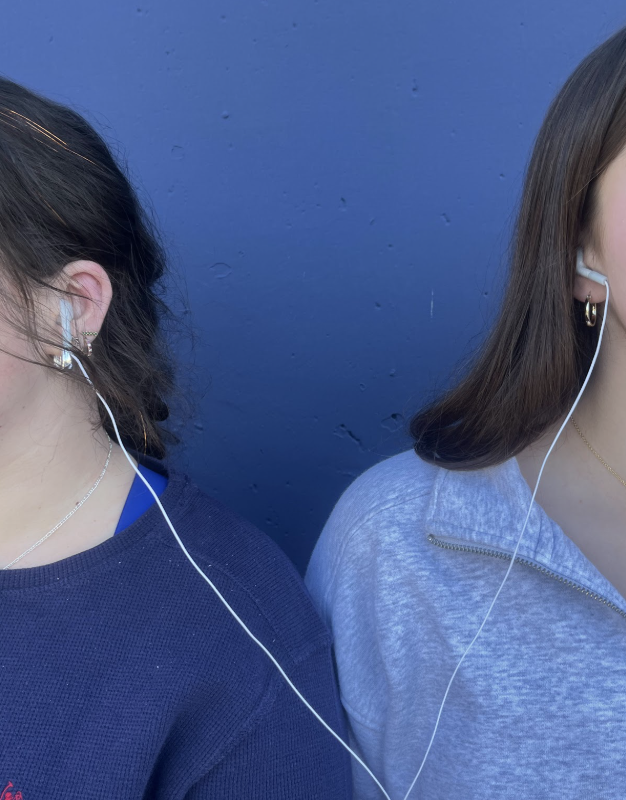
















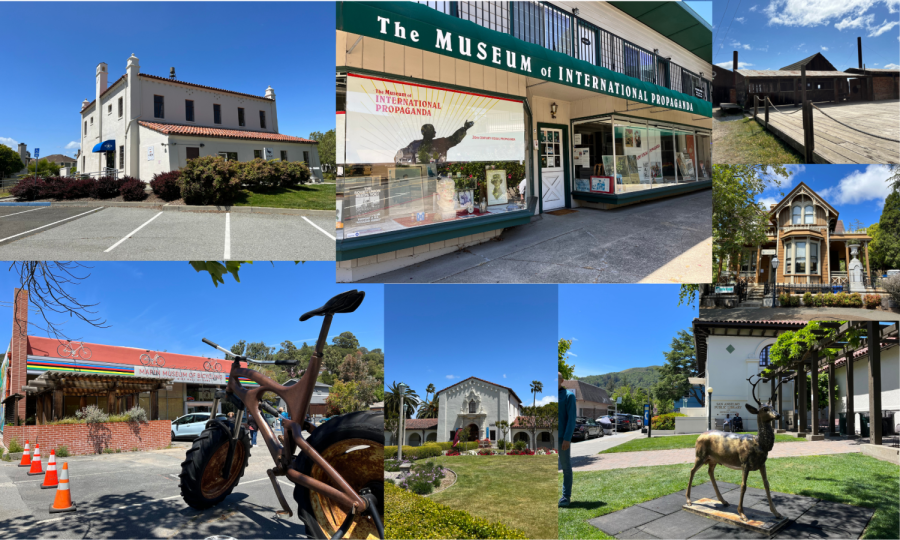
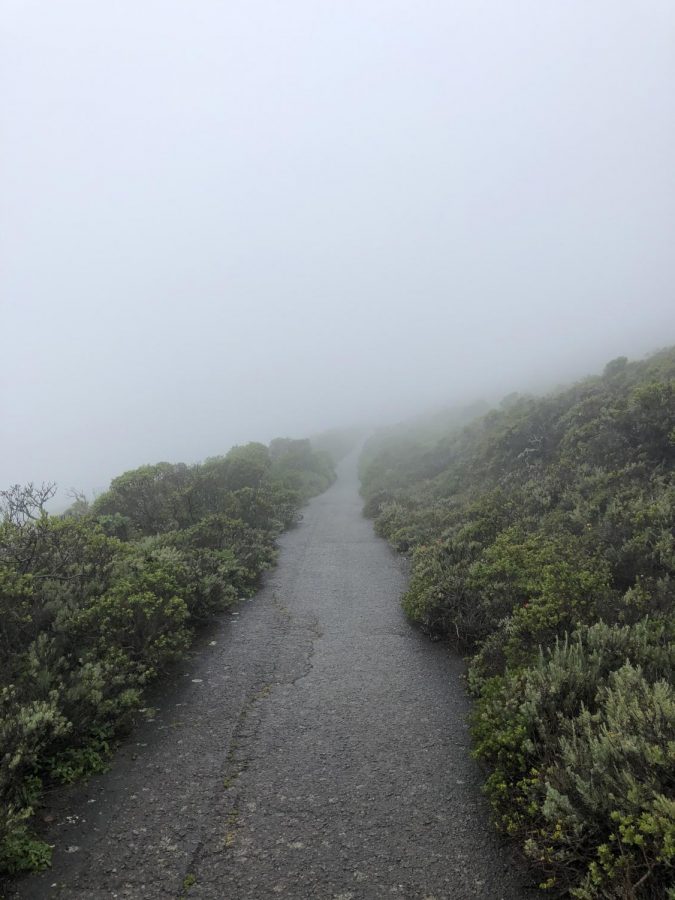









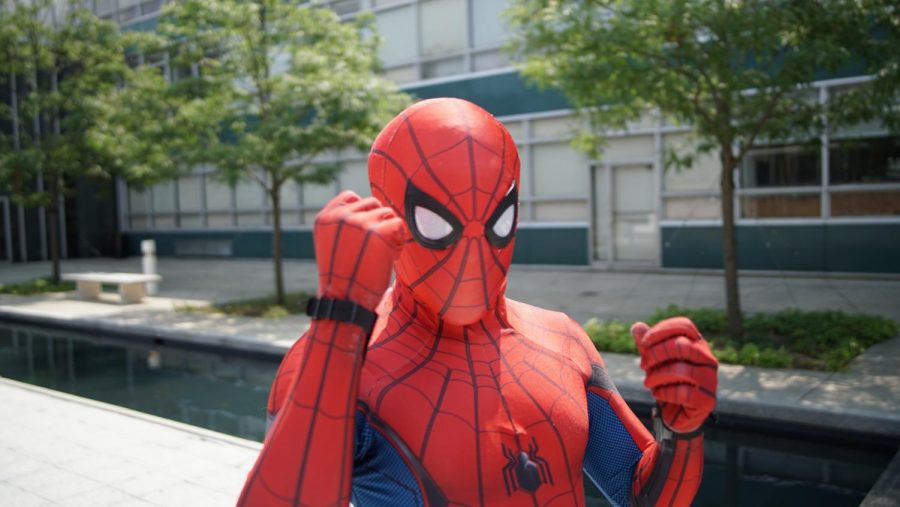
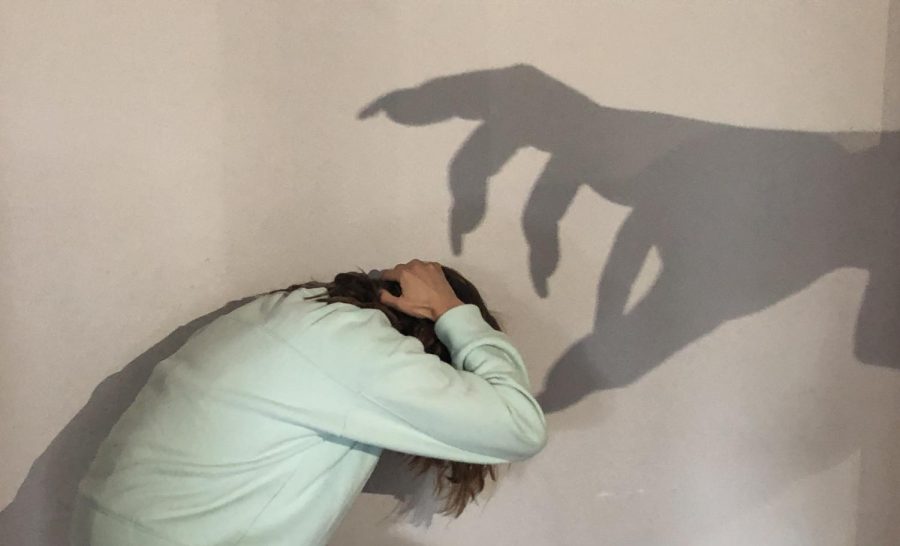
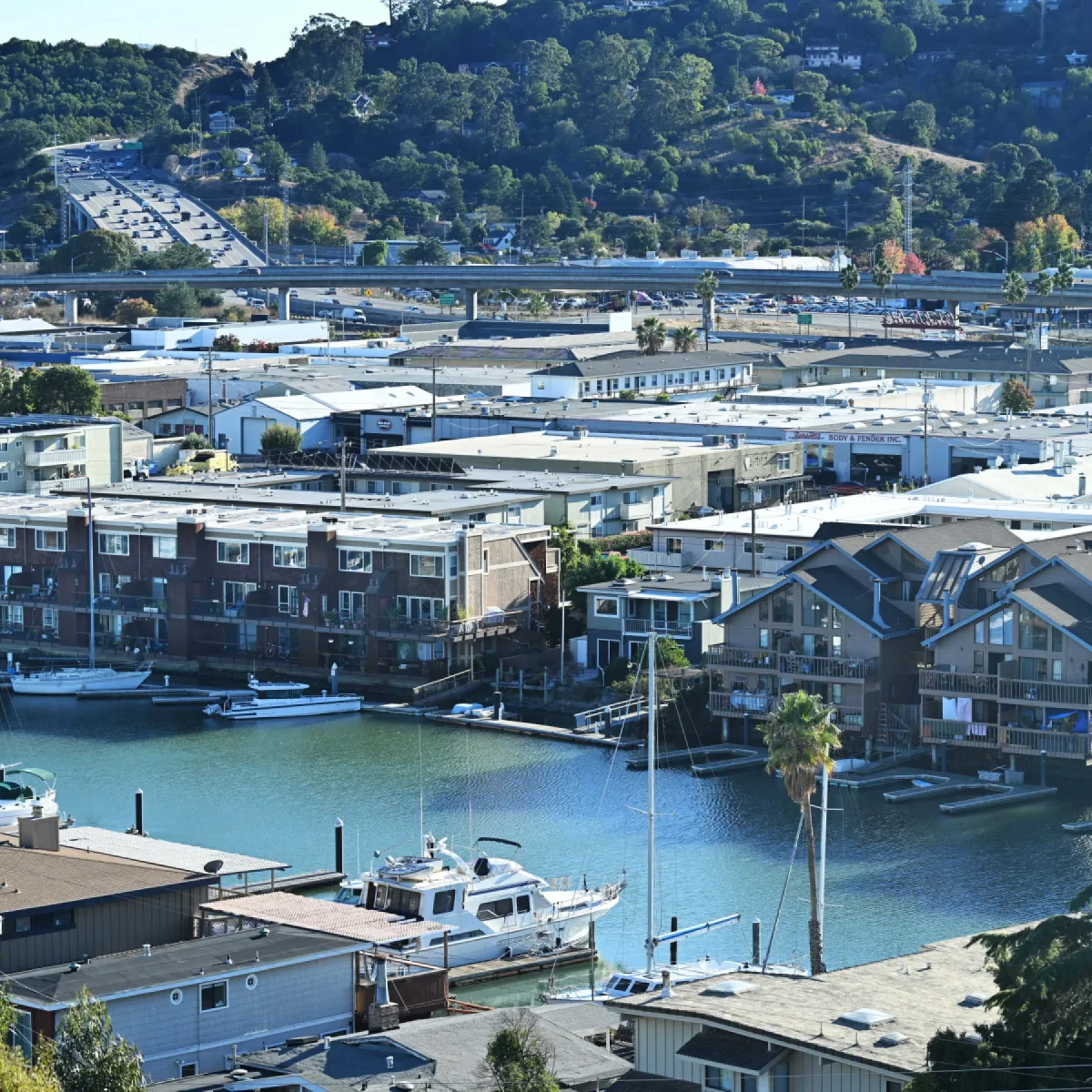




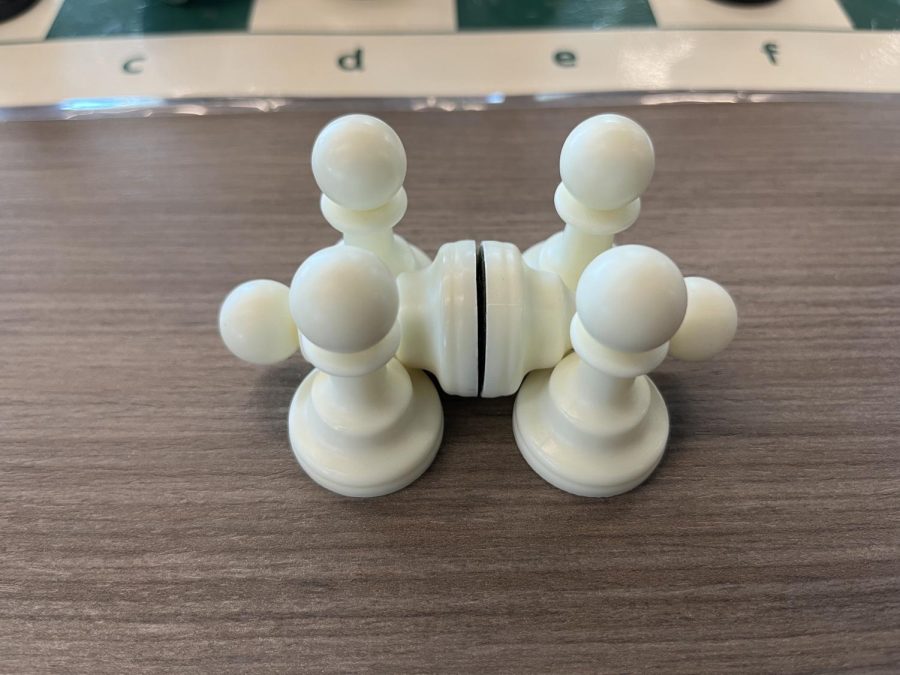



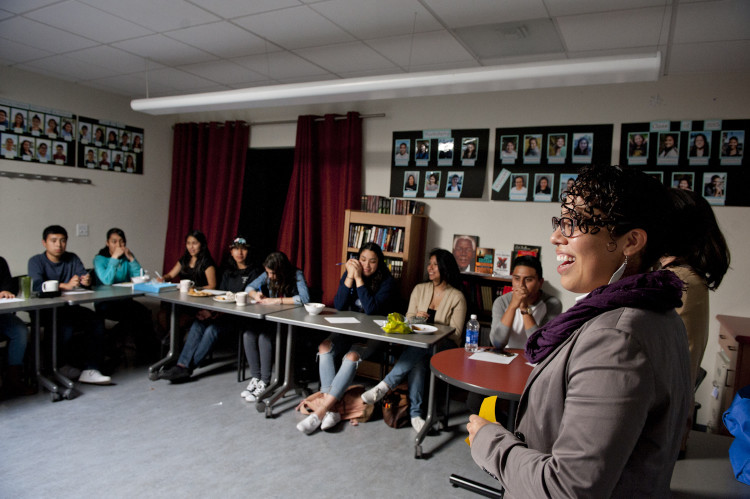

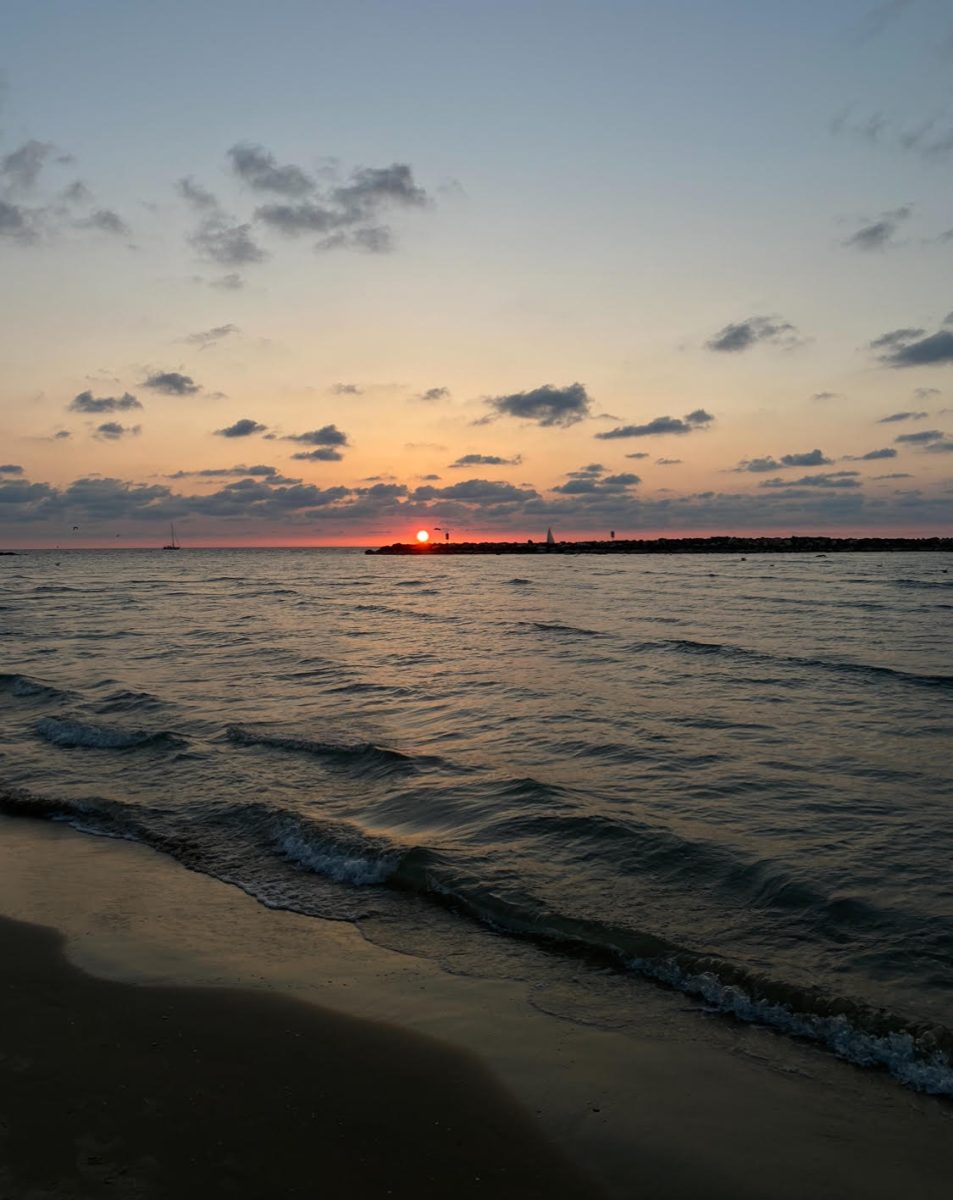
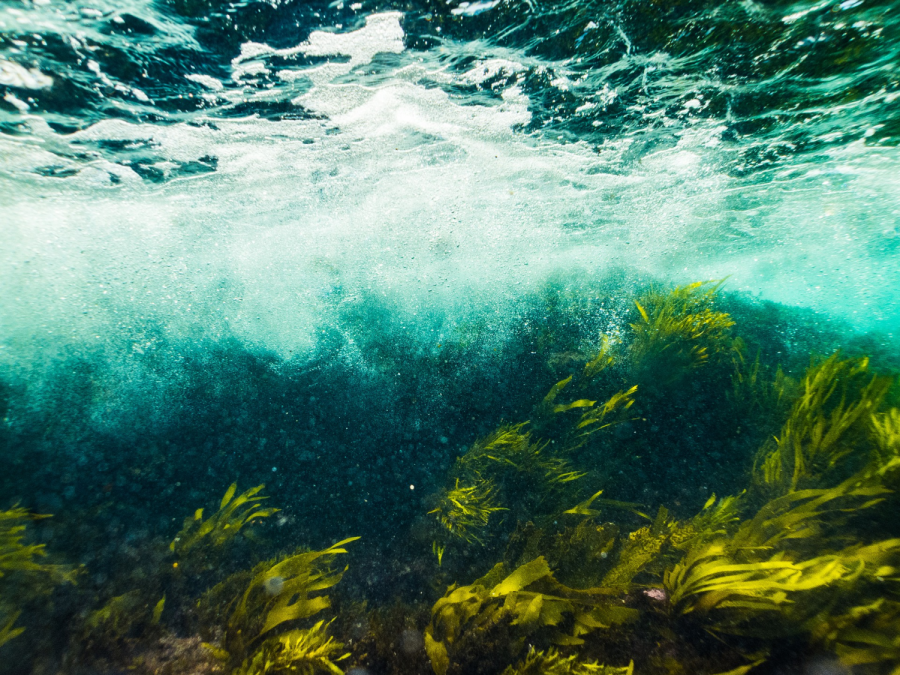






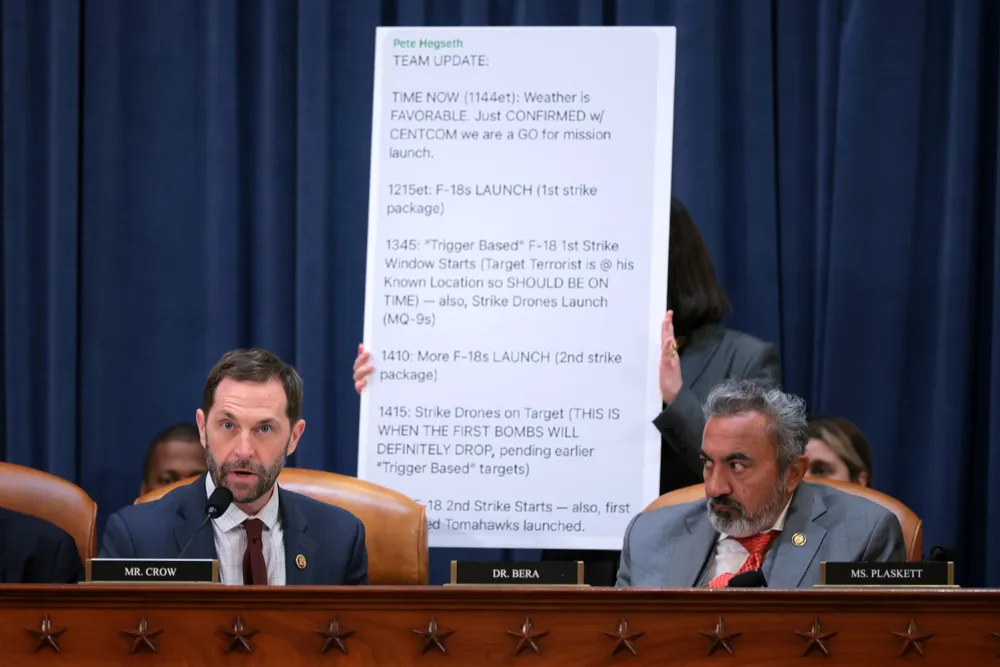
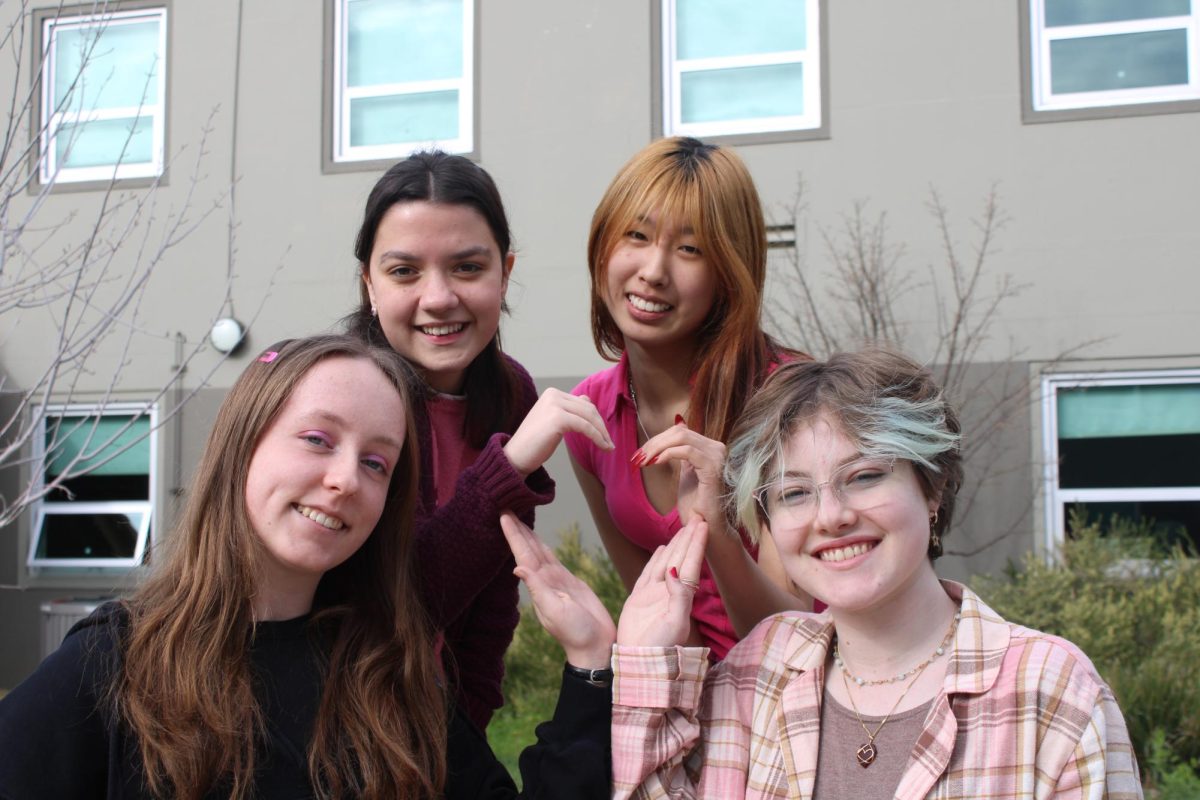









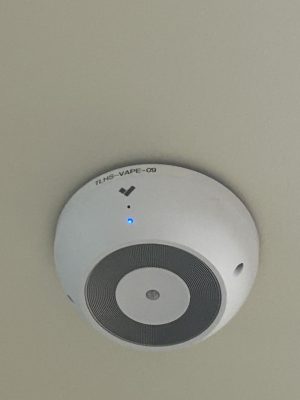
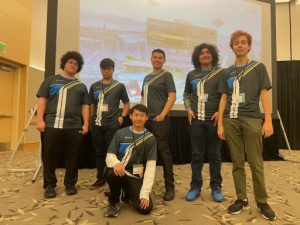
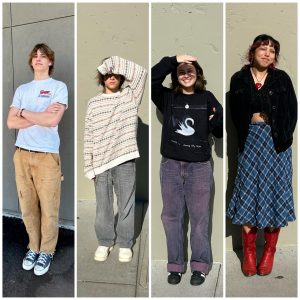
Vinnie Sagastume • Feb 5, 2016 at 11:49 am
I would have never known about the nature deficit without this article. Thanks Varian!
Ben Gideon • Dec 14, 2015 at 11:31 am
Cool Ideas and I completely agree. With the amount of nature we live within the students amount of time spent exploring that beauty is very close to none. Plus I saw a few gramatical errors within, next time re-read it a few more times.
Adriana Babicz • Dec 4, 2015 at 11:30 am
It is great that this problem is being addressed. Very well written on a good topic.
Donald T. • Nov 17, 2015 at 8:25 am
Great article!